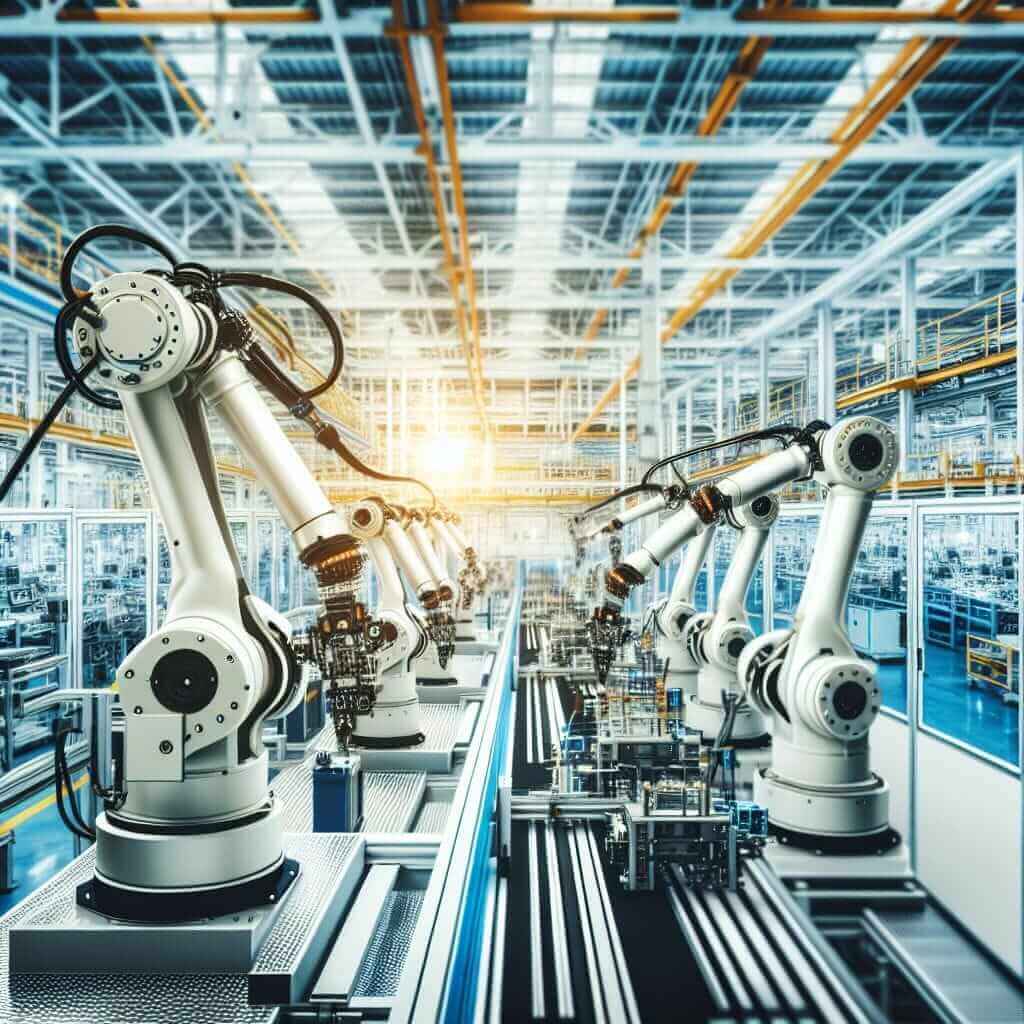Reading is one of the most challenging sections in the IELTS exam. To excel, it’s essential to practice with diverse topics that may appear in the exam. One recurring contemporary subject is “How is technology transforming the future of work?”. Given the rapid advancements in technology and their influential role in the professional world, this topic is highly relevant and has been featured frequently in past exams.
In this article, we’ll provide an IELTS Reading practice test based on this topic, including various question types you might encounter in the actual test. We will also offer detailed answer explanations, highlight common pitfalls, focus on challenging vocabulary, and provide useful grammar structures.
Practice Test: How is Technology Transforming the Future of Work?
Reading Passage
How Technology is Shaping the Future of Work
The rapid evolution of technology is fundamentally transforming workplaces around the globe. Advances in artificial intelligence (AI), automation, and communication tools are reshaping job roles, industries, and career paths. This transformative wave is both exciting and daunting, as it promises increased efficiency but also heralds significant changes in employment dynamics.
First, automation is revolutionizing traditionally labor-intensive industries. Automated machines and AI systems are now capable of performing routine and even complex tasks with greater precision and speed than human workers. For example, in the manufacturing sector, robots are increasingly taking over assembly line tasks, which significantly reduces production times and costs. While this shift improves productivity, it also leads to workforce displacement, necessitating the reskilling of employees.

Secondly, remote work has surged due to advancements in communication technologies. High-speed internet, cloud computing, and collaborative software are enabling employees to perform their duties from anywhere in the world. This trend has immense implications for both employers and employees, offering greater flexibility and work-life balance but also posing challenges in terms of team coordination and cybersecurity.
Moreover, the rise of the gig economy, facilitated by technology platforms, is altering traditional employment models. Gig work, characterized by freelance and short-term contracts, offers individuals more control over their schedules and work environments. However, it often lacks the benefits and job security associated with permanent positions, emphasizing the need for regulatory frameworks to protect gig workers.
In conclusion, while technology is driving profound changes in the workplace, it requires strategic adaptation to maximize its benefits and mitigate its challenges. Organizations and workers must embrace continuous learning and flexibility to thrive in this evolving landscape.
Questions
Multiple Choice Questions
-
What is the primary impact of automation on labor-intensive industries?
- A. Increased job security
- B. Reduction in production times and costs
- C. Decreased workforce productivity
- D. Enhanced employee morale
-
Which of the following statements is true about remote work?
- A. It decreases work-life balance.
- B. It eliminates the need for team coordination.
- C. It relies on advancements in communication technologies.
- D. It has no implications for cybersecurity.
Identifying Information (True/False/Not Given)
-
Remote work has been solely driven by the need for work-life balance.
- A. True
- B. False
- C. Not Given
-
The gig economy is characterized by permanent employment.
- A. True
- B. False
- C. Not Given
Summary Completion
Complete the summary using the list of words provided below.
automation, collaboration, flexibility, learning, gig economy, reskilling
Technological advances are significantly changing the workplace. Automation and AI are transforming labor-intensive industries, leading to increased productivity but also needing (5) of employees. The rise of remote work, facilitated by communication technology, offers(6) but poses new challenges. The (7) is changing traditional employment, emphasizing contract work over permanent positions.
Short-answer Questions
- What are robots significantly reducing in the manufacturing sector?
- What do remote work advancements offer employees apart from flexibility?
Answers and Explanations
-
B. Reduction in production times and costs
Explanation: The passage clearly states that automation in the manufacturing sector “significantly reduces production times and costs.” -
C. It relies on advancements in communication technologies
Explanation: The passage mentions that remote work has surged due to high-speed internet, cloud computing, and collaborative software. -
B. False
Explanation: The passage suggests multiple factors for the rise in remote work, not solely the need for work-life balance. -
B. False
Explanation: The passage describes the gig economy as consisting of freelance and short-term contracts rather than permanent employment. -
reskilling
6. flexibility
7. gig economy
Explanation: The keywords fit the context discussing the shifts due to technological advances. -
Production times and costs
Explanation: The passage states that robots in manufacturing reduce production times and costs. -
Work-life balance
Explanation: Flexibility and work-life balance are mentioned as benefits of remote work advancements.
Common Pitfalls
One common mistake candidates make is not reading the questions carefully, particularly in True/False/Not Given tasks. Ensure to distinguish between what is stated, contradicted, and not mentioned in the text.
Vocabulary Highlights
- Automation (noun): /ˌɔː.təˈmeɪ.ʃən/ – The use of largely automatic equipment in a system of operation.
- Reskilling (verb): /ˌriːˈskɪlɪŋ/ – Learning new skills so that you can do a different job.
- Gig Economy (noun): /ɡɪɡ ɪˈkɒn.ə.mi/ – A labor market characterized by the prevalence of short-term contracts or freelance work.
Grammar Focus
- Passive Voice: The text uses passive voice to describe general trends, e.g., “robots are increasingly taking over assembly line tasks.”
- Gerunds: Recognize the use of gerunds after certain verbs and prepositions, e.g., “necessitating the reskilling of employees.”
Recommendations for High Reading Scores
- Practice Regularly: Familiarize yourself with different topics and question types.
- Improve Vocabulary: Make a habit of learning new words and their usage.
- Develop Skimming and Scanning Skills: Quickly identify the main idea and specific information in the text.
- Understand Context: Pay attention to how words are used in context to grasp their meaning better.
For further practice, check these related articles: How Do You Think Your Work Will Change in the Future? and How Will Technology Develop in the Future?.